How can I check the temperature of the hay bales? What is the temperature of hay sweating? How does the hay composting process go in terms of temperature? We experimented with iSocket and here are the results.
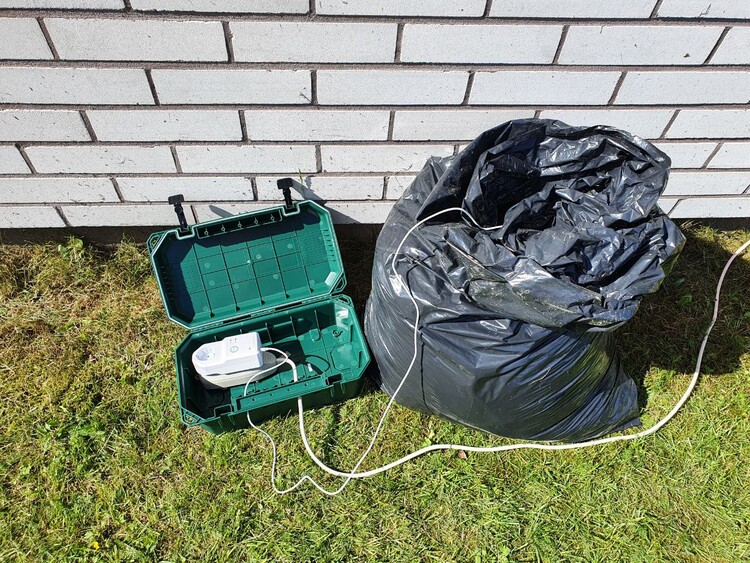
This is the first article in a series of farm experiments with iSocket. You can find more articles on the website you are reading. So, we'll start with a disclaimer and an introduction to how experiments are done.
DISCLAIMER
iSocket is intended for internal use. Any experiments you see in this article and other articles that link to it are temporary experiments with help of protective equipment. You should check with an electrician whether such installations are permitted at all in your country and whether they comply with your country's regulations. While this setup can last for years without any problems, it's no excuse for not following the rules. You will also void the iSocket warranty if the device fails due to permanent outdoor installation - outdoor use will be noticeable even if protective gear was used.
Protective Equipment
We used an IP54 weather-proof box from Electraline, art. 300180. This box is well documented and the safety instruction clearly states: "This cable protection box is only intendent for temporary electrical connections."
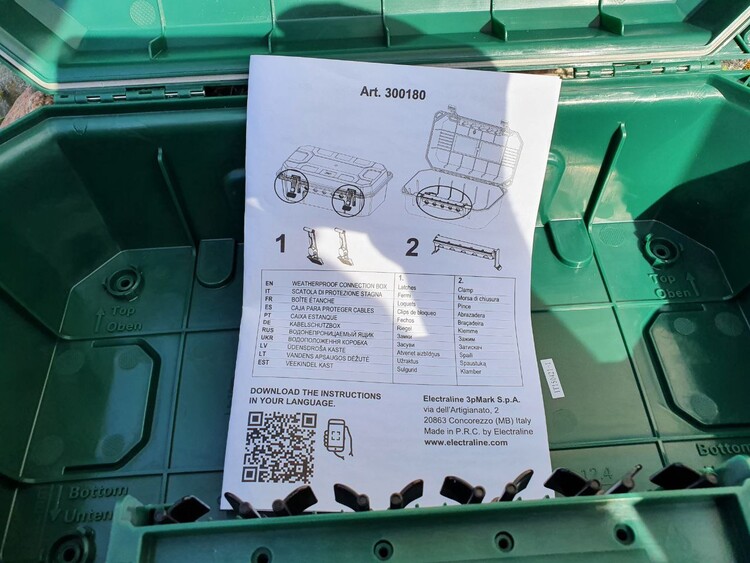
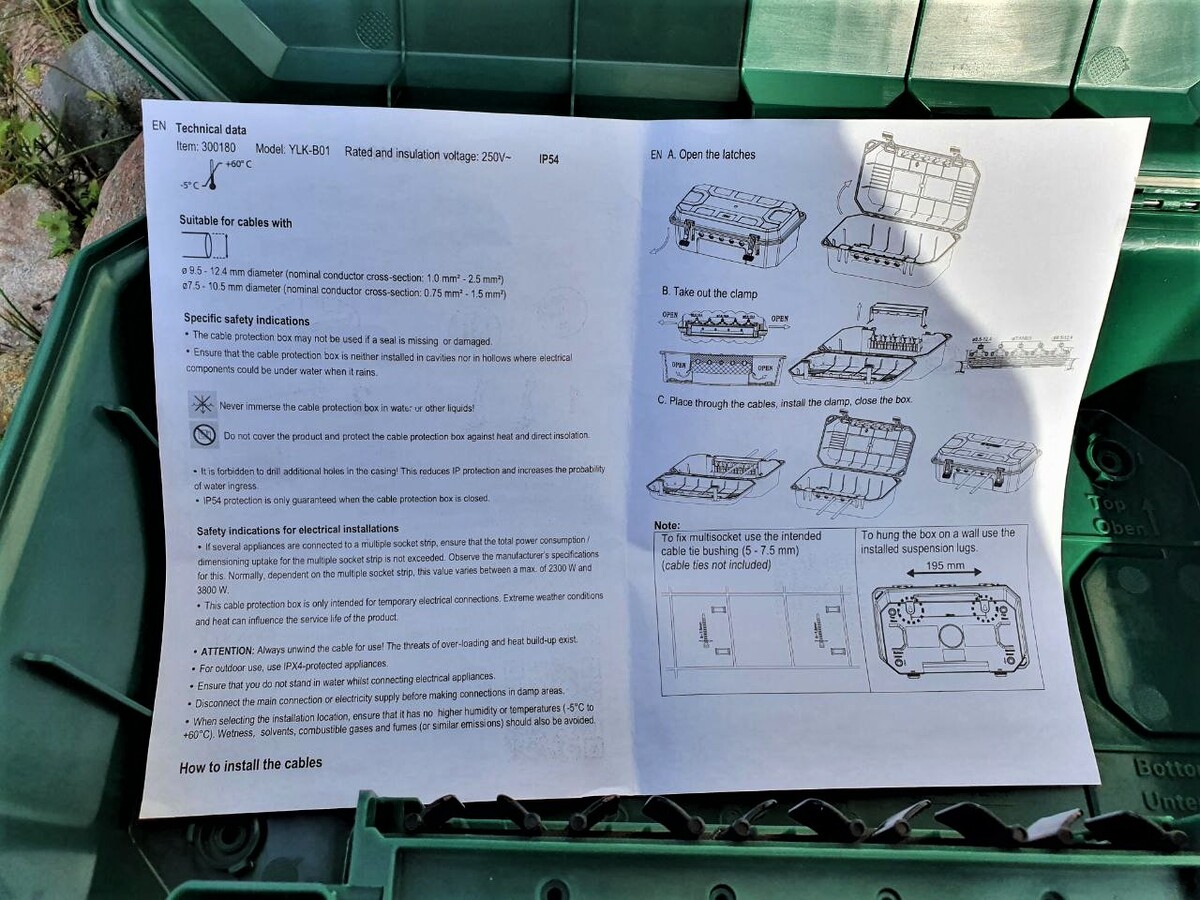
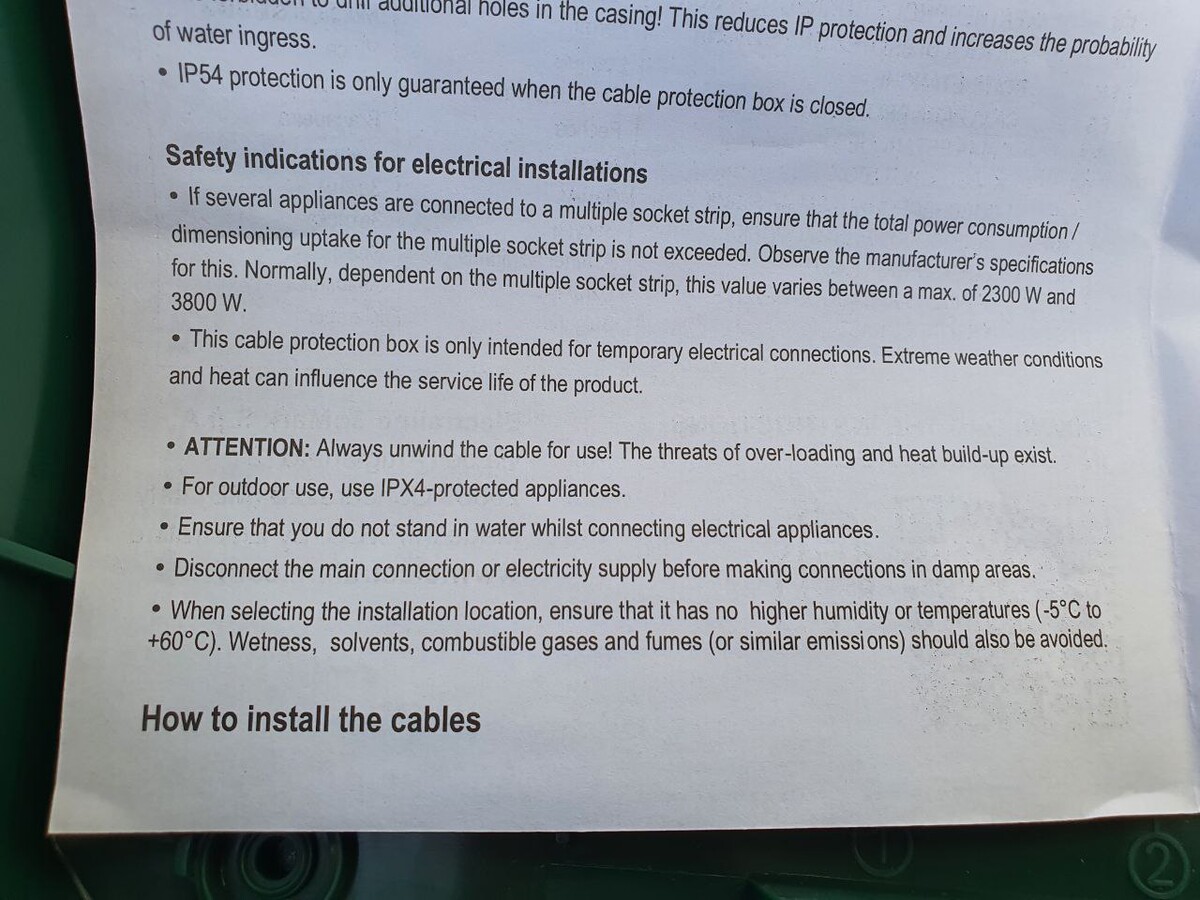
The following video demonstrates the process of installing iSocket into this box.
Hay Bag Temperature Control
We collected the grass in a bag, which we are going to store for 10 days in different weather conditions, in the shadow, on the sun and under the rain. iSocket Temperature Sensor Specific with a protective PVC sleeve was placed deep in the bag.
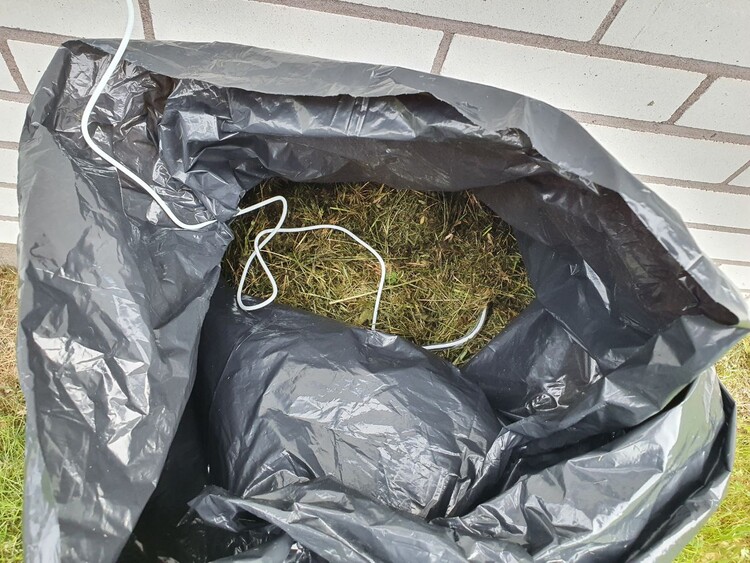
The new Plug-and-Go iSocket, which is a cellular smart plug capable of controlling various things, was placed in a protective box, as you could see in the video above, and the box was placed along with the bag:
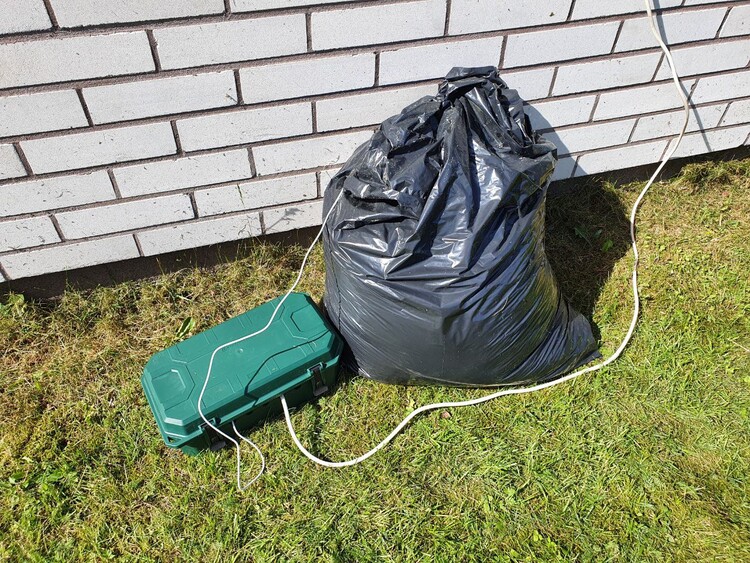
The grass was collected in the late evening of June 8 at a low temperature, so the starting temperature, as we can see on the iSocket Historical Temperature Data desktop chart, was 16.8 Celsius or 62 Fahrenheit.
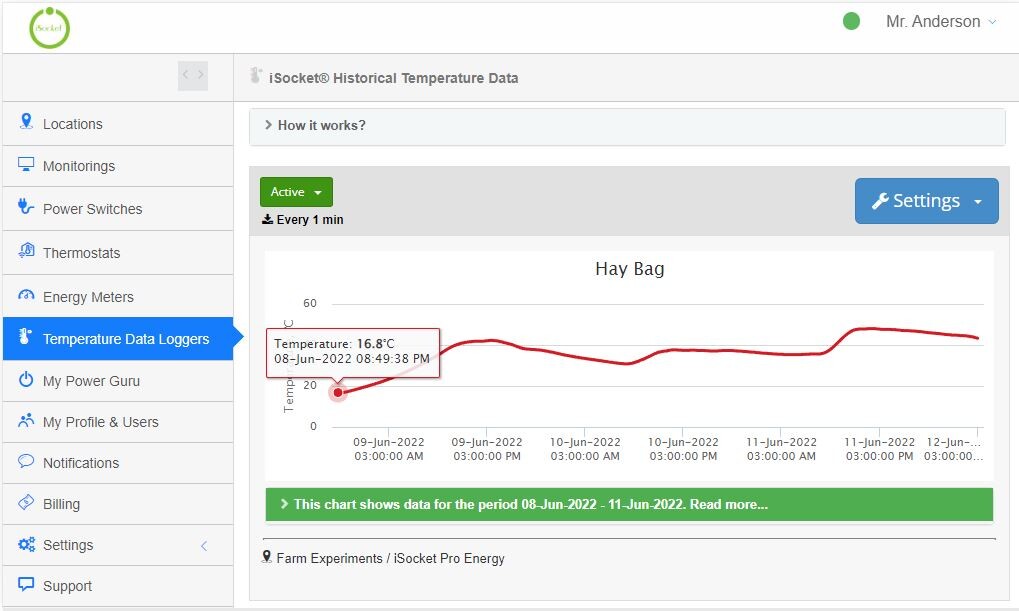
The next day, June 9, at noon, the temperature in the bag reached 41°C, which we can see on the iSocket temperature control widget on the phone in real time:
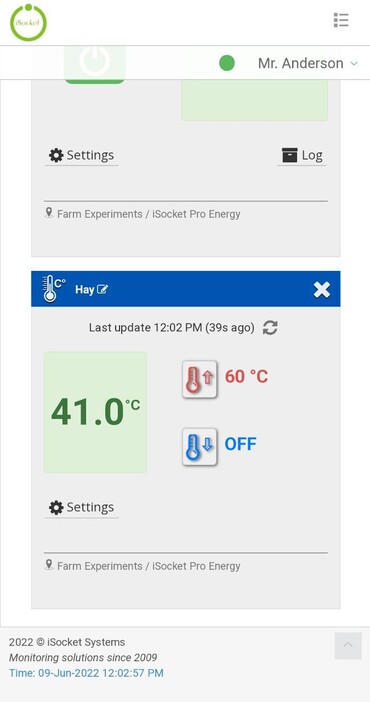
You can also see in this screenshot that we've configured a 60°C temperature alert, which according to multiple sources is sort of a hay bale danger zone (some sources say 50°C). If we reach this temperature, we will be informed by text or voice message or email. Let's see if we reach that temperature.
Or we can look at a graph of historical data. Here is an example of a desktop chart in Fahrenheit:
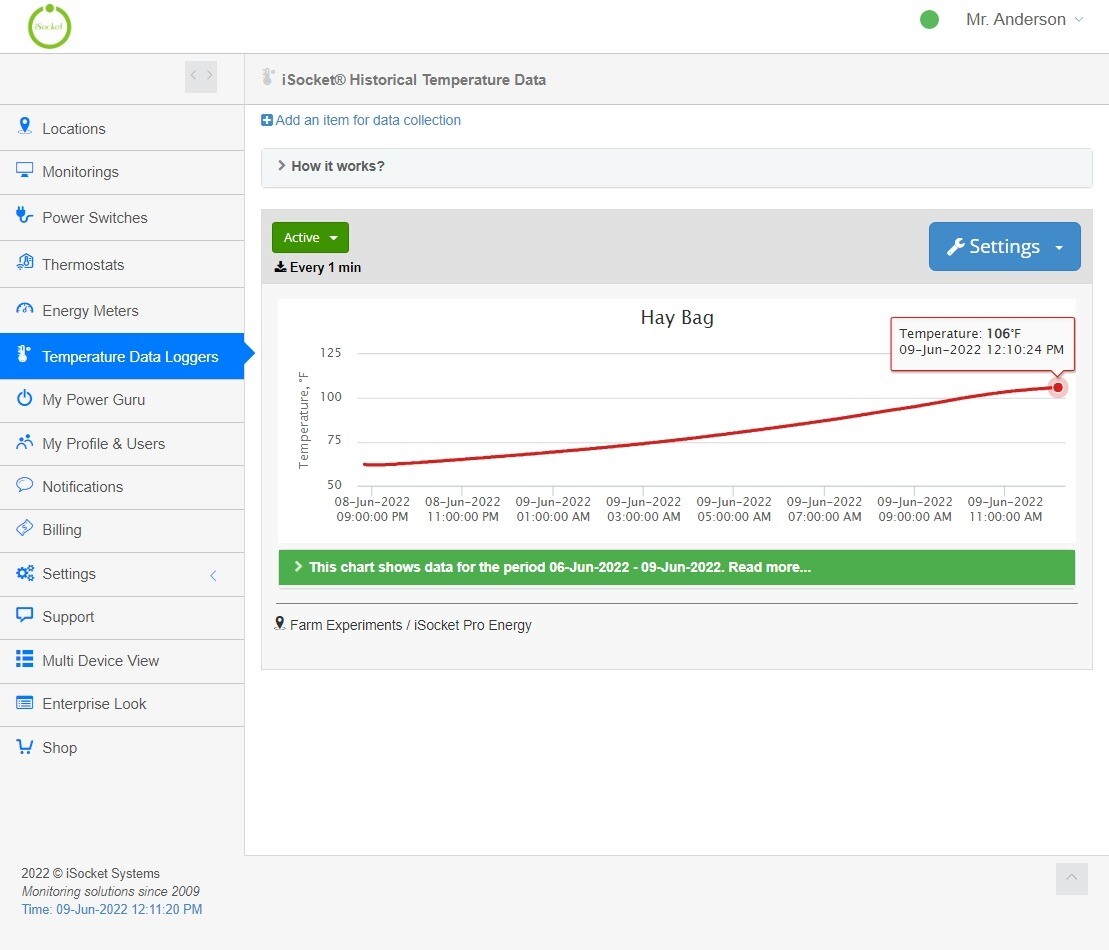
We will continue to use the Celsius scale for the following charts, however the profile can easily be switched to Fahrenheit at any time.
It was decided to permanently expose the bag of hay to the sun and it was moved to a place where the sun shines all day:
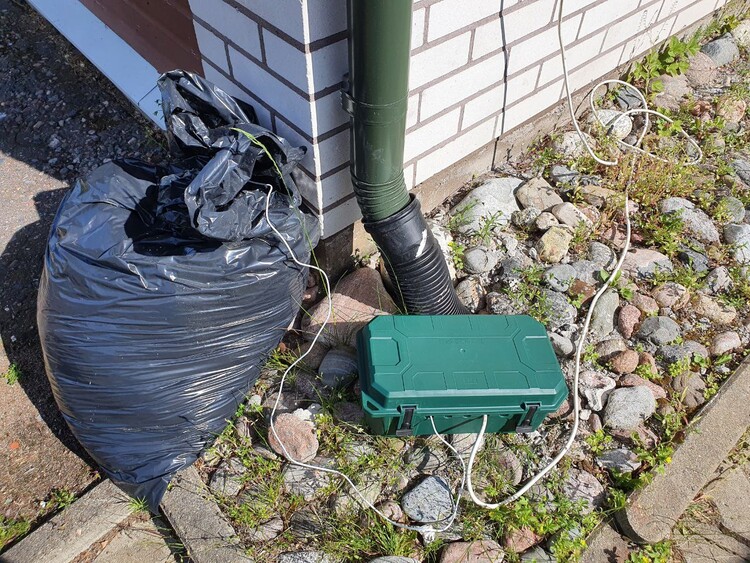
We wanted to see what maximum hay decomposition temperature could be reached. The outside air temperature in the shadow was about 25°C, it can easily reach 40°C on the sun. What will be inside the bag?
We were only able to reach a maximum temperature of 48°C inside the bag during 10 days of the experiment, as you can see on the following historical temperature graph.
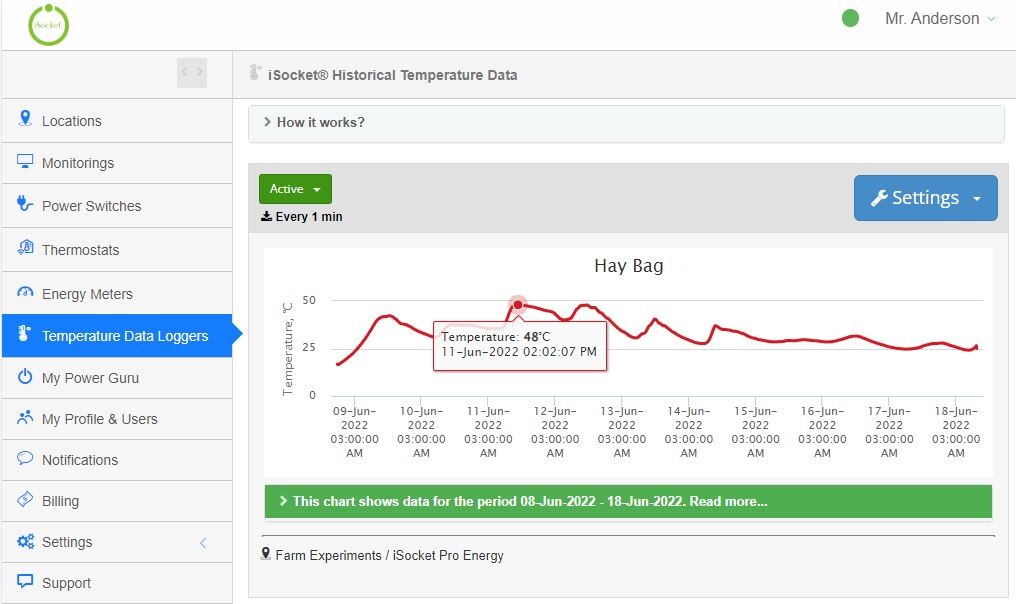
On the same chart you can also see the following process of the hay sweating in the bag. On the first day, despite the night time and chill weather, the temperature very quickly rises from ~16°C to 42°C. On the 2-4th day of the experiment (i.e. from June 10 to 14), it balances between the 25°C and 50°C range with a maximum of 48C and a minimum of 27.6°C, depending on the day and night. And then after June 15 (that is, 6 days after the start of the experiment), the process of heat dispassion seems to end, since the temperature basically drops regardless of the time of day and night.
The following video demonstrates how you can view the historical temperature graph from your phone and also how you can export the data to PDF:
How this experiment data can be used?
Although this experiment was primarily a study of the behavior of decomposing hay in a bag, the information or methods can be used for other hay bale monitoring needs. Numerous sources say that if the temperature of a hay bale gets into the danger zone, it can start a fire and action needs to be taken.
iSocket helps control different things, and the purpose of iSocket is to quickly notify you of various problems by text or voice messages, or email. You don't need WiFi because iSocket works over the mobile network. If you don't already have your own iSocket, you can buy it here.
The following video shows the installation of the iSocket Temperature Specific sensor in the hay bag and the end of the experiment.
